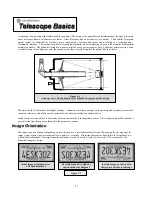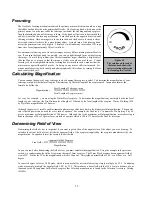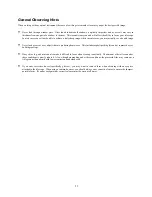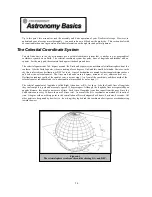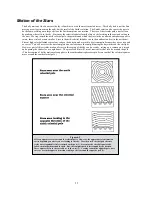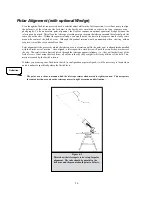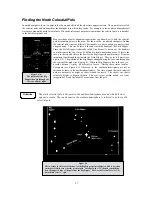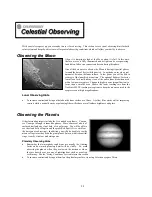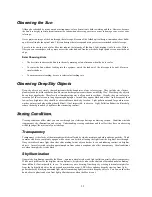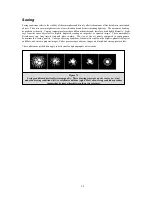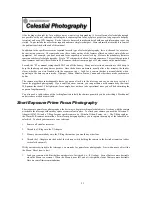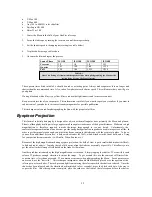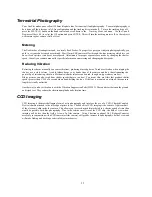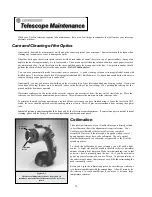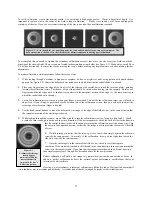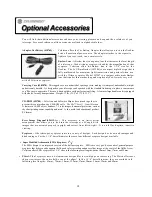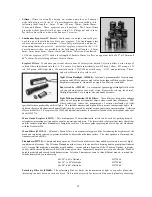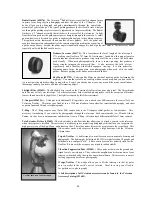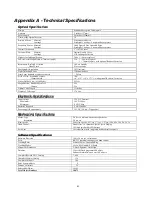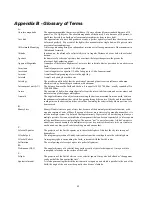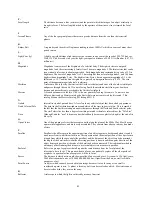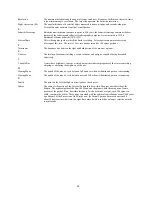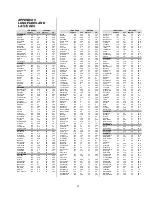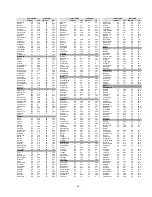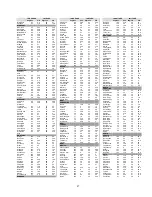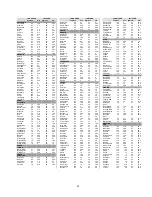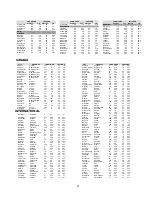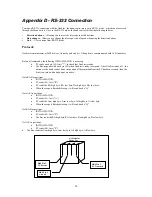
35
T
T
e
e
r
r
r
r
e
e
s
s
t
t
r
r
i
i
a
a
l
l
P
P
h
h
o
o
t
t
o
o
g
g
r
r
a
a
p
p
h
h
y
y
Your NexStar makes an excellent 1250mm telephoto lens for terrestrial (land) photography. Terrestrial photography is
best done will the telescope in Alt-Az configuration and the tracking drive turned off. To turn the tracking drive off,
press the MENU (9) button on the hand control and scroll down to the
Tracking Mode sub menu. Use the Up and
Down scroll keys (10) to select the Off option and press ENTER. This will turn the tracking motors off, so that objects
will remain in your camera's field of view.
M
M
e
e
t
t
e
e
r
r
i
i
n
n
g
g
The NexStar has a fixed aperture and, as a result, fixed f/ratios. To properly expose your subjects photographically, you
need to set your shutter speed accordingly. Most 35mm SLR cameras offer through-the-lens metering which lets you
know if your picture is under or overexposed. Adjustments for proper exposures are made by changing the shutter
speed. Consult your camera manual for specific information on metering and changing shutter speeds.
R
R
e
e
d
d
u
u
c
c
i
i
n
n
g
g
V
V
i
i
b
b
r
r
a
a
t
t
i
i
o
o
n
n
Releasing the shutter manually can cause vibrations, producing blurred photos. To reduce vibration when tripping the
shutter, use a cable release. A cable release keeps your hands clear of the camera and lens, thus eliminating the
possibility of introducing vibration. Mechanical shutter releases can be used, though air-type releases are best.
Blurry pictures can also result from shutter speeds that are too slow. To prevent this, use films that produce shutter
speeds greater than 1/250 of a second when hand-holding the lens. If the lens is mounted on a tripod, the exposure
length is virtually unlimited.
Another way to reduce vibration is with the Vibration Suppression Pads (#93503). These pads rest between the ground
and tripod feet. They reduce the vibration amplitude and vibration time.
C
C
C
C
D
D
I
I
m
m
a
a
g
g
i
i
n
n
g
g
CCD Imaging is the most challenging form of astro photography and involves the use of a CCD (Charged Coupled
Device) camera attached to the telescope at prime focus. The benefits of CCD imaging is the extreme light sensitivit
of the electronic chip inside the camera. This allows you to record much fainter detail in a shorter period of time than
would be possible with film photography. Due to the relative small size of the CCD chip, the field of view when
imaging will be less than the field of view of a film camera. Using Celestron's optional f/6.3 Reducer/Corrector
accessory in conjunction with a CCD camera (or film camera) will greatly increase the photographic field of view and
will make finding and tracking a celestial object much easier.
Summary of Contents for NexStar 5
Page 1: ...I IN NS ST TR RU UC CT TI IO ON N M MA AN NU UA AL L ...
Page 51: ...51 A Ap pp pe en nd di ix x E E M Ma ap ps s o of f T Ti im me e Z Zo on ne es s ...
Page 52: ...52 ...
Page 53: ...53 ...
Page 54: ...54 ...
Page 55: ...55 ...
Page 56: ...56 ...
Page 57: ...57 ...
Page 58: ...58 ...

